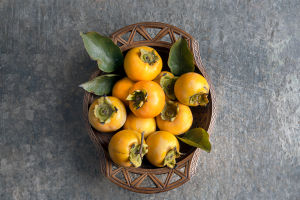Welcome, Lykkers! Are you ready to turn your balcony into a fruitful oasis?
Strawberries are loved for their vibrant color, sweet taste, and refreshing aroma. Easy to grow and rewarding in return, these small fruits are also packed with nutrients.
Known for their high content of vitamin C, they also contain important minerals such as magnesium, potassium, and phosphorus, along with beneficial vitamins like B and E. Plus, they are a fun way to introduce more fruit into children's diets—many little ones will gladly eat strawberries even if they’re not keen on other fruits.
Ideal Climate and Light Conditions
Sunlight Is Essential
Strawberry plants thrive in sunny conditions. The best time to begin cultivating them is during spring, although some types may prefer slightly cooler climates. Regardless of variety, consistent exposure to sunlight is essential.
Aim to place the plant in a spot where it can receive direct light for at least half the day. Choose a location protected from strong wind while still offering warmth and air circulation.
Soil and Temperature
The ideal soil for strawberries is a well-draining mix—sandy, loamy, and enriched with nutrients. When planting outdoors, prepare the ground by removing weeds and mixing in quality compost. If growing on a balcony or terrace, use universal potting soil enhanced with perlite or pumice and compost to ensure proper aeration and moisture retention.
Materials You Will Need
To successfully grow strawberries in a pot, here is what’s required:
- A planter at least 30 cm wide and 30 cm deep
- A matching saucer to collect excess water
- Universal potting soil containing compost and either perlite or pumice
- One or more healthy strawberry seedlings
Steps for Planting
1. Prepare the Pot: Fill the planter with the potting mix, leaving enough space for the seedling's root ball.
2. Insert the Plant: Gently place the strawberry seedling into the soil, ensuring the crown (the part where the leaves meet the roots) remains at soil level.
3. Compact and Adjust: Lightly press the soil around the plant to remove air pockets. Add more soil if necessary.
4. Find the Right Spot: Position the pot where the plant will receive sunlight for about half the day, with the remainder in light shade.
5. Water Carefully: Water generously after planting but avoid overwatering. To maintain optimal moisture, it’s best to water in the early morning. This allows excess water to evaporate naturally during the day.
Seasonal Maintenance Tips
In colder months, it’s important to protect strawberry plants from low temperatures. Cover the planter with a perforated plastic sheet or insulate the base with a layer of dry leaves or straw. This helps maintain a more stable root temperature and prevents damage from frost.
Encouraging Healthy Growth
Strawberry plants can produce fruit for multiple years. When grown in large containers, they may also develop offshoots—new plants that grow from runners. These young plants can be separated from the main one and planted into new pots, creating an ongoing cycle of fresh strawberry production without needing to buy new seedlings.
Final Thoughts
With a bit of sunlight, water, and care, growing strawberries in a pot or on a balcony is a satisfying and accessible activity. These delicious fruits offer more than just a sweet treat—they are a valuable addition to a balanced diet and a cheerful touch to any living space. Turn your balcony into a mini garden and enjoy the beauty and benefits of growing your own strawberries.


